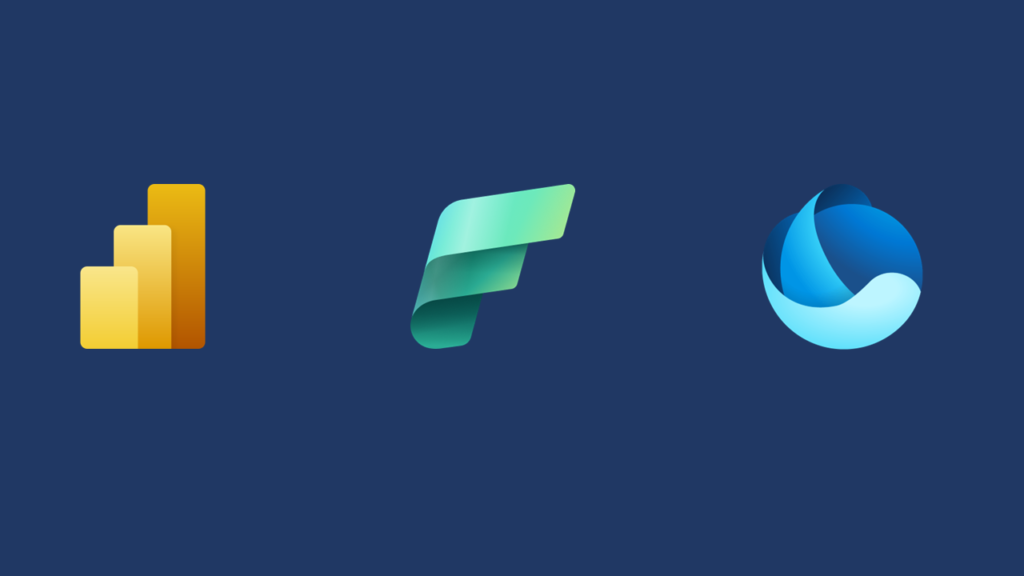DP-600 Certification

Contents
Subscribe and get informed about the latest updates
DP-600 exam (Fabric Analytics Engineer) covers a broad range of skills and tools related to Microsoft Fabric. Think of components and concepts such as:
- Data lakehouse
- Data warehouse
- Data modeling
- Data transformation
- Notebooks
- Dataflows Gen2
- Semantic model
I’ve created this page with the intention to keep all the learning resources in one single place. I hope that everyone who’s preparing to take this exam will find the page useful and that will in the end help you master all the necessary skills to become a certified Fabric Analytics Engineer.
Table of contents
Plan, implement, and manage a solution for data analytics (10–15%)
Plan a data analytics environment
- Identify requirements for a solution, including components, features, performance, and capacity stock-keeping units (SKUs)
- Recommend settings in the Fabric admin portal
- Choose a data gateway type
- Create a custom Power BI report theme
Implement and manage a data analytics environment
- Implement workspace and item-level access controls for Fabric items
- Implement data sharing for workspaces, warehouses, and lakehouses
- Manage sensitivity labels in semantic models and lakehouses
- Configure Fabric-enabled workspace settings
- Manage Fabric capacity
Manage the analytics development lifecycle
- Implement version control for a workspace
- Create and manage a Power BI Desktop project (.pbip)
- Plan and implement deployment solutions
- Perform impact analysis of downstream dependencies from lakehouses, data warehouses, dataflows, and semantic models
- Deploy and manage semantic models by using the XMLA endpoint
- Create and update reusable assets, including Power BI template (.pbit) files, Power BI data source (.pbids) files, and shared semantic models
Prepare and serve data (40–45%)
Create objects in a lakehouse or warehouse
- Ingest data by using a data pipeline, dataflow, or notebook
- Create and manage shortcuts
- Implement file partitioning for analytics workloads in a lakehouse
- Create views, functions, and stored procedures
- Enrich data by adding new columns or tables
Copy data
- Choose an appropriate method for copying data from a Fabric data source to a lakehouse or warehouse
- Copy data by using a data pipeline, dataflow, or notebook
- Add stored procedures, notebooks, and dataflows to a data pipeline
- Schedule data pipelines
- Schedule dataflows and notebooks
Transform data
- Implement a data cleansing process
- Implement a star schema for a lakehouse or warehouse, including Type 1 and Type 2 slowly changing dimensions
- Implement bridge tables for a lakehouse or a warehouse
- Denormalize data *** Watch on YouTube
- Aggregate or de-aggregate data
- Merge or join data
- Identify and resolve duplicate data, missing data, or null values
- Convert data types by using SQL or PySpark
- Filter data
Optimize performance
- Identify and resolve data loading performance bottlenecks in dataflows
- Identify and resolve data loading performance bottlenecks in notebooks
- Identify and resolve data loading performance bottlenecks in SQL queries
- Implement performance improvements in dataflows, notebooks, and SQL queries
- Identify and resolve issues with Delta table file sizes
Implement and manage semantic models (20-25%)
Design and build semantic models
- Choose a storage mode, including Direct Lake *** Watch on YouTube
- Identify use cases for DAX Studio and Tabular Editor 2
- Implement a star schema for a semantic model *** Watch on YouTube
- Implement relationships, such as bridge tables and many-to-many relationships
- Write calculations that use DAX variables and functions, such as iterators, table filtering, windowing, and information functions
- Implement calculation groups
- Implement dynamic strings
- Implement field parameters *** Watch on YouTube
- Design and build a large format dataset *** Watch on YouTube
- Design and build composite models
- Aggregations in Power BI *** Watch on YouTube
- Implement and validate dynamic row-level security
- Implement and validate object-level security *** Watch on YouTube
Optimize enterprise-scale semantic models
- Implement performance improvements in queries and report visuals
- Improve DAX performance by using DAX Studio
- Optimize a semantic model by using Tabular Editor 2
- Implement incremental refresh *** Watch on YouTube
Explore and analyze data (20-25%)
Perform exploratory analytics
- Implement descriptive and diagnostic analytics
- Integrate prescriptive and predictive analytics into a visual or report
- Profile data
Query data by using SQL
- Query a lakehouse in Fabric by using SQL queries or the visual query editor
- Query a warehouse in Fabric by using SQL queries or the visual query editor
- Connect to and query datasets by using the XMLA endpoint
